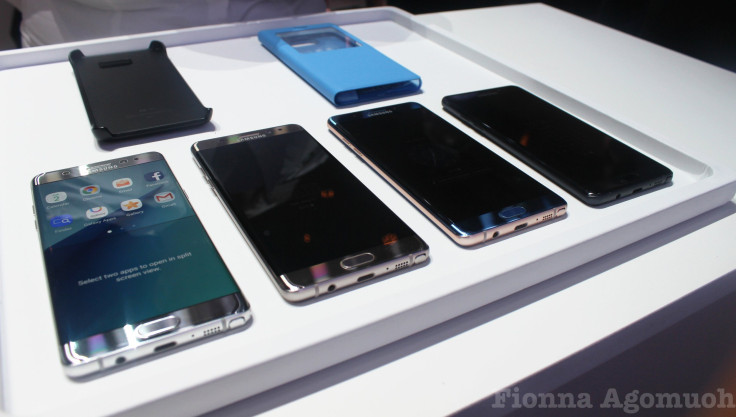Samsung Galaxy Note 7 owners in the U.S. have until Dec. 19 to use their handsets before the manufacturer permanently disables them. The manufacturer has announced it will soon push out a software update that will disable Galaxy Note 7 handsets by rendering them unable to charge.
Carriers including U.S. Cellular have already begun altering subscribers of the change via text message, stating: “As of December 15th, Samsung will modify the software to prevent the Galaxy Note 7 from charging. The phone will no longer work.” However, Verizon has stated it will not send out the end-of-life update for the Galaxy Note 7, stating it won’t leave subscribers without a means of contact during the holiday season and in the event of an emergency. Sprint said it will roll out the update starting Jan. 8, following the holiday season. Both carriers are still allowing Galaxy Note 7 users to surrender their handsets for refund or exchange.
Carriers in New Zealand, Australia and Canada have already begun wirelessly disabling Galaxy Note 7 handsets still on their networks, through methods such as turning off Wi-Fi and Bluetooth capabilities. This however, is the first instance of Galaxy Note 7 disabling in the U.S. Until now, Samsung has only sent out software updated to U.S. Galaxy Note 7 handsets, reducing their charging capacity to 60 percent.
Samsung expected many users would be reluctant to return their devices. The manufacturer projectes about 93 percent of Galaxy Note 7 handsets in the U.S. have been returned, but about 200,000 remain in circulation.
Samsung permanently discontinued the Galaxy Note 7 on Oct. 10. The smartphone was also banned in airports and on planes around the world. Recent reports indicate the Galaxy Note 7 malfunctioned and exploded because its battery was placed in a space within the device too small to support of a cell of its size safely.



![Best Gaming Mouse For Gamers With Smaller Hands [2025]](https://d.player.one/en/full/227430/best-gaming-mouse-gamers-smaller-hands-2025.png?w=380&h=275&f=fdcf47c1c5fc58d1e41d3be505c12568)













